August 3, 2023
Issue 16 of IN magazine is now available for you
 The new issue of IN Magazine is now available to read online. The print edition will be posted shortly. In this issue, we look at the ongoing shift in the way we think about work and workplaces but without falling back on the simple, cliched thinking that defines much of that conversation. We consider what happens now for the world’s fringe business districts as Canary Wharf sets out its plans for the future in the wake of HSBC’s announced departure. We report on how domestic design is changing in response to a rapidly evolving world. We look at how the changing work practices of architects are playing out in buildings and cities. And we announce details of our first major event. (more…)
The new issue of IN Magazine is now available to read online. The print edition will be posted shortly. In this issue, we look at the ongoing shift in the way we think about work and workplaces but without falling back on the simple, cliched thinking that defines much of that conversation. We consider what happens now for the world’s fringe business districts as Canary Wharf sets out its plans for the future in the wake of HSBC’s announced departure. We report on how domestic design is changing in response to a rapidly evolving world. We look at how the changing work practices of architects are playing out in buildings and cities. And we announce details of our first major event. (more…)








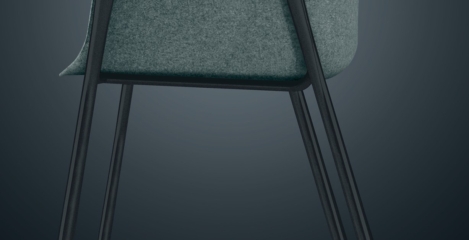
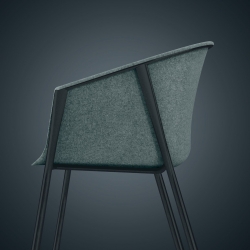 Sustainable office design pioneer Casala has added to its portfolio of ground-breaking products with the launch of the
Sustainable office design pioneer Casala has added to its portfolio of ground-breaking products with the launch of the 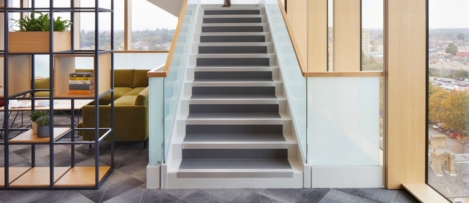
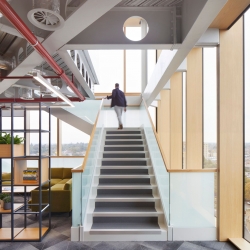
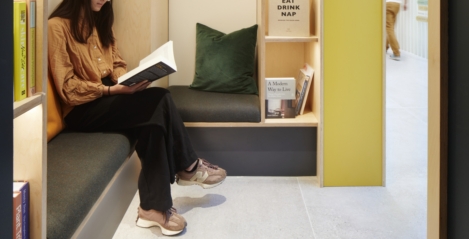
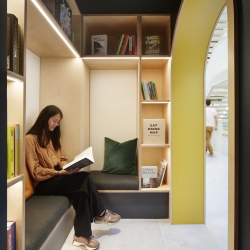





 The digital edition of issue 14 of IN Magazine is now available to read free,
The digital edition of issue 14 of IN Magazine is now available to read free, 














July 27, 2023
What Aldous Huxley can teach us about acoustics and distractions at work
by Mark Eltringham • Comment, Technology, Workplace design